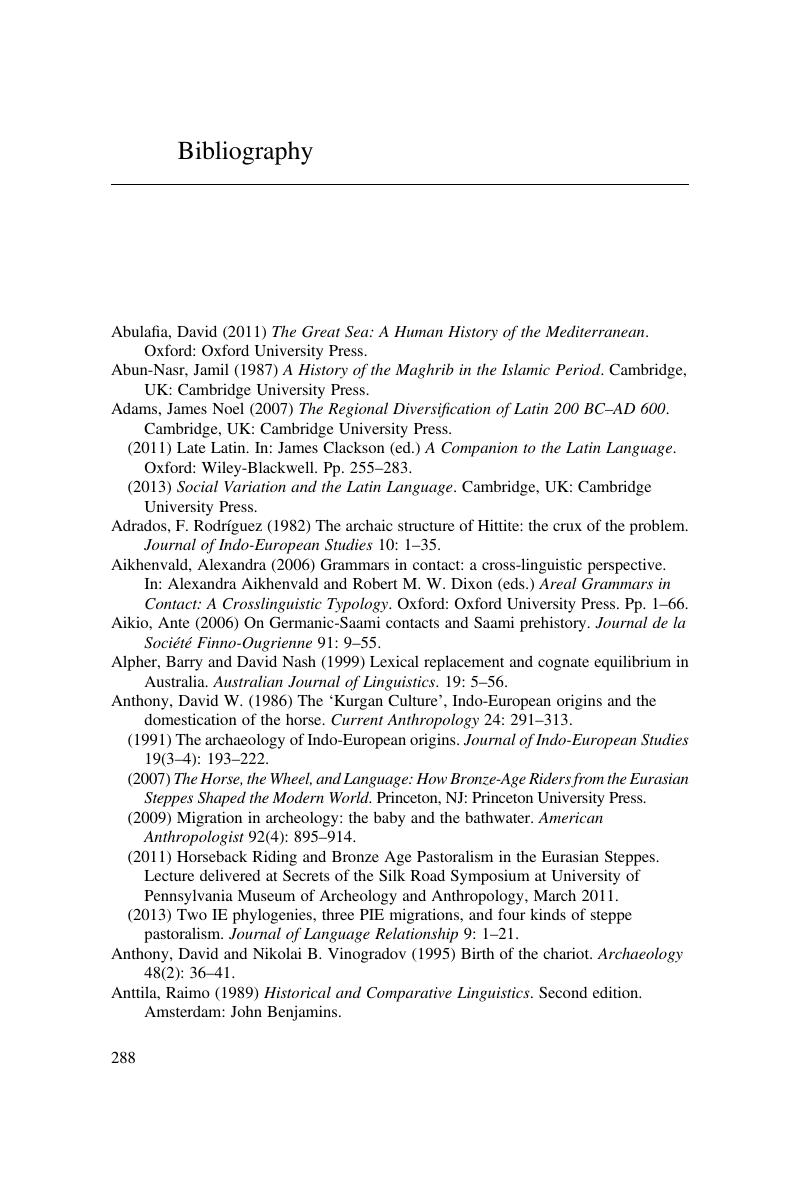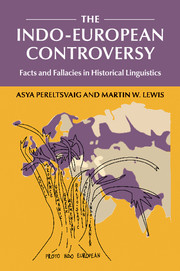Book contents
- The Indo-European Controversy
- The Indo-European Controversy
- Copyright page
- Contents
- Figures
- Maps
- Tables
- Book part
- Introduction: the Indo-European debate and why it matters
- Part I The vexatious history of Indo-European studies
- Part II The failings of the Bayesian phylogenetic research program
- Part III Searching for Indo-European origins
- Book part
- Glossary
- Bibliography
- Index
- References
Bibliography
Published online by Cambridge University Press: 05 May 2015
- The Indo-European Controversy
- The Indo-European Controversy
- Copyright page
- Contents
- Figures
- Maps
- Tables
- Book part
- Introduction: the Indo-European debate and why it matters
- Part I The vexatious history of Indo-European studies
- Part II The failings of the Bayesian phylogenetic research program
- Part III Searching for Indo-European origins
- Book part
- Glossary
- Bibliography
- Index
- References
Summary

- Type
- Chapter
- Information
- The Indo-European ControversyFacts and Fallacies in Historical Linguistics, pp. 288 - 315Publisher: Cambridge University PressPrint publication year: 2015



